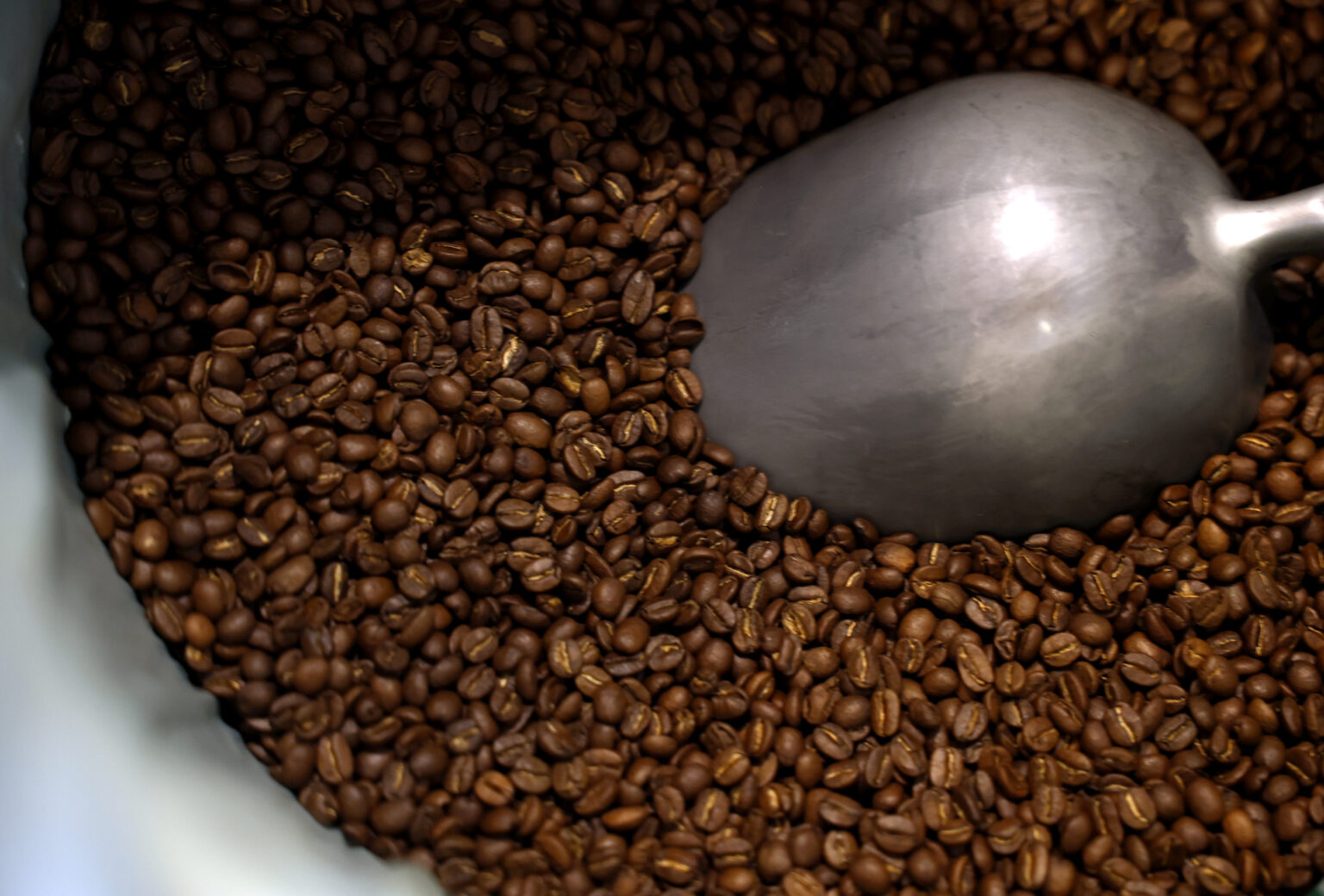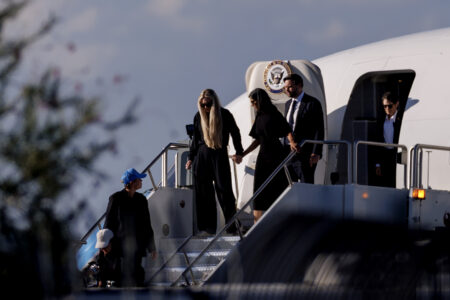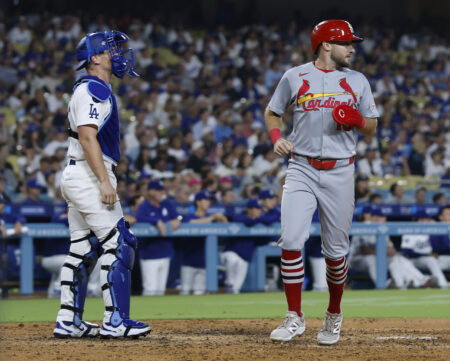Americans are waking up to higher prices for their morning coffee, as President Donald Trump’s tariffs on key exporting nations begin to take hold.
On Thursday, the Department of Labor released its Consumer Price Index for the month of August, which found that the annual inflation rate had accelerated to 2.9 percent from 2.7 percent in July. Among the revelations contained in the press release, coffee prices have risen by 20.9 percent over the past year, with instant and roasted costs up 20.1 percent and 21.7 percent, respectively.
According to the Labor Department data, the average retail price per pound of 100 percent ground roast coffee has now risen to $8.87, up from $7.02 in January.
Why It Matters
While consumers have remained largely shielded from the price effects of President Trump’s tariffs in 2025, policymakers warn that these impacts are emerging in the data and are likely to intensify now that the policies are largely in effect.
What To Know
As the world’s largest importer of coffee, the U.S. relies almost exclusively on beans sourced from abroad. According to the Observatory of Economic Complexity (OEC), the leading suppliers in 2024 were Brazil ($2 billion), followed by Colombia ($1.5 billion), Switzerland ($1.2 billion), Canada ($582 million) and Guatemala ($437 million).
Many of these nations are among those which have faced the steepest tariffs—Switzerland slapped with a 39 percent rate, and non-exempt goods from Canada now taxed 35 percent when entering the U.S.
Over opposition to the prosecution of former President Jair Bolsonaro, as well as other actions he said threatened the U.S. economy, Trump announced in July that Brazil’s tariff rates would be raised to 50 percent.
The tariffs on Brazil and Switzerland—adjusted upward from the “reciprocal” rates announced in early April—took effect on August 7, while Canada’s new rates came into force on August 1.
According to a report from shipping data service platform Vizion, shipments of Brazilian coffee to the U.S. were down more than 80 percent year over year in late July and early August.
Other heavily imported products saw notable jumps in August. Audio equipment prices climbed 12.2 percent year-over-year, while ground beef was up 12.8 percent. Beef prices have been on an upward trajectory in 2025, which agricultural economists previously told Newsweek could be tied to tariffs on exporting nations but also ongoing challenges in domestic production.
However, other international drivers may also be weighing on the prices of coffee, with global prices similarly floating near all-time highs. Even prior to the latest tariff hikes took effect, companies worldwide have been grappling with limited production due to severe droughts in Brazil and Vietnam, according to CNBC.
What People Are Saying
Mike Hoffman, Professor Emeritus at Cornell University told CNBC last week: “[Coffee] prices will continue to go up, in my mind… Climate change isn’t going away. The severity of droughts, flooding, all of that will get worse. It’s not just coffee — it’s the whole food supply.”
Shipment tracking platform Vizion, in a recent report charting import declines, wrote: “These patterns point to a changing landscape for U.S. coffee sourcing, where reliance on one dominant supplier is giving way to a more complex and uncertain trade environment. Looking ahead, success for importers and roasters may depend on diversifying origins, adjusting sourcing strategies, and using real-time data to stay ahead of shifting market pressures.”
What Happens Next?
Coffee prices are expected to remain volatile but broadly trend upward through the remainder of 2025.
Read the full article here














